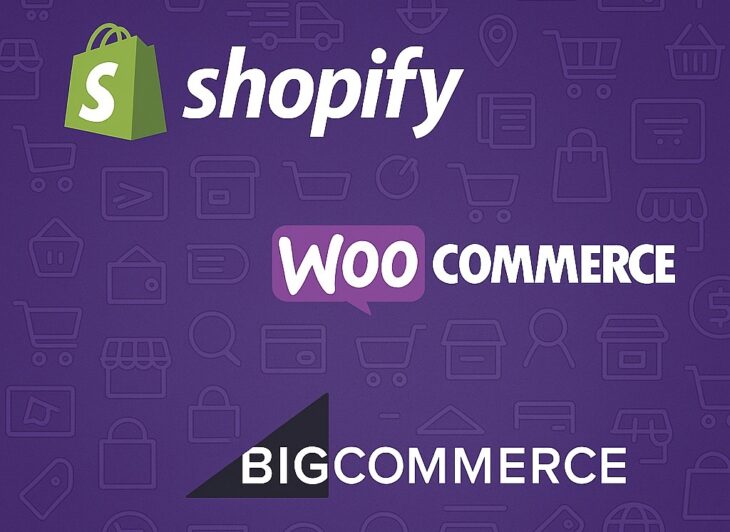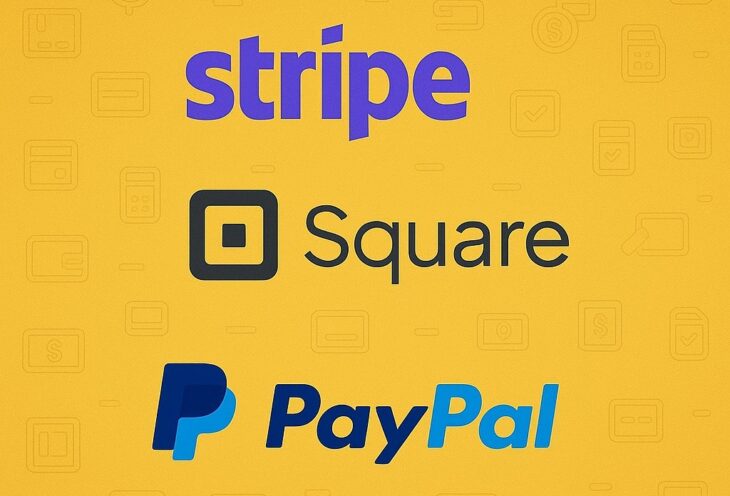The concrete reality is this: modern digital platforms now remove barriers that used to prevent small businesses from competing with larger players.
From cloud-based infrastructure to AI-driven automation, these tools level the playing field by reducing operational costs, enhancing market reach, and improving efficiency.
A business with just five employees can now serve thousands of customers globally, provided it uses the right technological stack. This scalability, once reserved for corporations with deep pockets, is increasingly accessible – and it is transforming how growth is achieved.
Table of Contents
ToggleCloud Infrastructure Enables Cost-Efficient Expansion

Before the rise of cloud services, businesses had to invest heavily in physical servers, IT teams, and expensive software licenses. Today, companies can launch operations, store data, and deploy applications using cloud platforms like AWS, Google Cloud, or Microsoft Azure.
The flexibility of these platforms allows businesses to scale incrementally – paying only for what they use. That means a startup with limited capital can still offer reliable services globally, without building in-house infrastructure.
Cloud services also improve uptime and reliability. For instance, if a business experiences a sudden traffic spike due to a viral campaign, cloud load balancing ensures the site doesn’t crash.
Automatic backups, disaster recovery tools, and distributed databases add resilience that small companies could never previously afford.
| Feature | Impact on Small Businesses |
| Pay-as-you-go pricing | Eliminates high upfront IT costs |
| Global distribution | Reaches customers across continents instantly |
| Auto-scaling infrastructure | Handles traffic spikes without manual intervention |
| Integrated analytics | Tracks user behavior and performance in real time |
E-commerce Platforms Accelerate Market Reach

Modern e-commerce platforms like Shopify, WooCommerce, and BigCommerce offer plug-and-play infrastructure that allows small sellers to reach global markets in days, not months.
These platforms integrate shipping logistics, payment gateways, customer relationship tools, and mobile responsiveness – previously separate, complex systems.
What’s more, integrations with marketplaces like Amazon, Etsy, and eBay allow sellers to diversify distribution channels without duplicating effort. Businesses no longer need physical storefronts or expensive retail partnerships to scale revenue.
For example, a small local bakery can sell gourmet products nationally by linking its Shopify store with FedEx, Stripe, and social media marketing tools.
Even features like abandoned cart recovery and A/B testing – which were once the domain of large companies – are now readily available, enabling better conversion optimization and customer retention.
Marketing Automation Helps Drive Predictable Revenue

Marketing automation is no longer optional for businesses trying to scale. Tools like HubSpot, Mailchimp, and ActiveCampaign allow for triggered email campaigns, audience segmentation, lead scoring, and performance tracking – all from one dashboard.
A small business can now behave like a full-scale marketing agency.
For example, a three-person team can set up a multi-stage funnel that moves a cold lead into a warm prospect using retargeting ads, personalized emails, and conversion-optimized landing pages – all automated.
Instead of hiring multiple marketers, one person can manage campaigns reaching thousands. The scalability lies in the automation logic: as traffic increases, the platform handles the workload, not the staff.
| Feature | Benefit to Small Business |
| Segmentation & targeting | Customized content improves conversions |
| Automated workflows | Saves time and removes repetitive tasks |
| Real-time performance data | Enables agile adjustments based on campaign results |
| Lead scoring & CRM | Prioritizes high-potential customers automatically |
Payment Platforms Improve Trust and Flexibility

Scalable growth depends on seamless financial transactions. Today’s modern payment gateways like Stripe, Square, and PayPal enable businesses to accept multiple currencies, create recurring billing systems, and manage chargebacks – all with minimal effort.
Customers expect fast, flexible, and secure checkout processes. Delays or complications in this area can reduce conversions. Platforms now provide built-in fraud detection, instant deposits, and API integration with accounting tools like QuickBooks or Xero. This makes expansion into international markets much easier.
Even mobile payments and contactless transactions, once considered advanced, are now baseline features. This allows businesses to meet customer expectations whether they operate online, in-store, or in hybrid formats.
Telemedicine Software Development and Platform Customization

As businesses expand, niche-specific platforms become essential. For industries like healthcare, education, and law, out-of-the-box solutions are not always sufficient. This is where telemedicine software development comes into play – representing a broader trend in custom platform design that enables businesses to scale within strict regulatory or user-specific boundaries.
Small healthcare startups, for instance, can now deploy HIPAA-compliant platforms tailored to their workflows without developing the entire stack from scratch.
Instead of relying on generalized software, businesses can build exactly what they need – appointment systems, video conferencing modules, prescription tracking, and even patient billing systems – modularly and affordably.
The same model applies to law firms (case management), educators (LMS systems), and fitness businesses (custom booking or coaching platforms). Modern development frameworks and APIs drastically lower the barrier to tailored solutions.
Data Analytics Provide Scalable Intelligence
Modern platforms are increasingly built with data as their core advantage. From Google Analytics to customer behavior dashboards within CRMs, small businesses now have access to the same analytical depth that Fortune 500s use – minus the complexity.
Growth becomes scalable when decisions are informed by real-time user behavior. For example, knowing where visitors drop off in a sales funnel helps reallocate resources to problem areas. Analytics tools also power dynamic pricing, inventory forecasting, and customer lifetime value models.
The democratization of data means that even small retailers can run A/B tests, visualize heatmaps, and generate forecasts – all of which used to require data teams.
| Tool Category | Example Tools | How It Enables Growth |
| Web analytics | Google Analytics | Tracks traffic, engagement, and conversions |
| Customer insights | Hotjar, Mixpanel | Understands click patterns and drop-off points |
| Financial metrics | QuickBooks, Xero | Tracks profit margins, expenses, and forecasts |
| Product analytics | Glew, ProfitWell | Optimizes pricing, churn, and inventory |
Remote Collaboration Tools Extend Operational Capacity
One of the most powerful growth enablers for small businesses today is access to remote talent and decentralized operations. Platforms like Slack, Zoom, Notion, and Trello allow teams to coordinate seamlessly across continents.
This lets small businesses hire for skill rather than geography, reducing overhead and expanding operational hours across time zones.
Rather than expanding into expensive office space, a growing company can scale its human resources virtually – by bringing on freelancers, virtual assistants, or project-based consultants.
These platforms also centralize knowledge, task delegation, and progress tracking, which helps maintain organizational structure as the business grows.
Conclusion
Modern platforms are not just support tools – they are the architecture upon which small business growth is built. From how products are delivered and marketed, to how payments are processed and teams are managed, every part of the business now operates within a scalable digital environment.
The decision to adopt a robust cloud platform, integrate automation, or build customized software solutions can dictate whether a company remains small or scales efficiently.
For small businesses willing to adopt these tools, the pathway to global reach, operational efficiency, and revenue growth is clearer – and shorter – than ever before.


